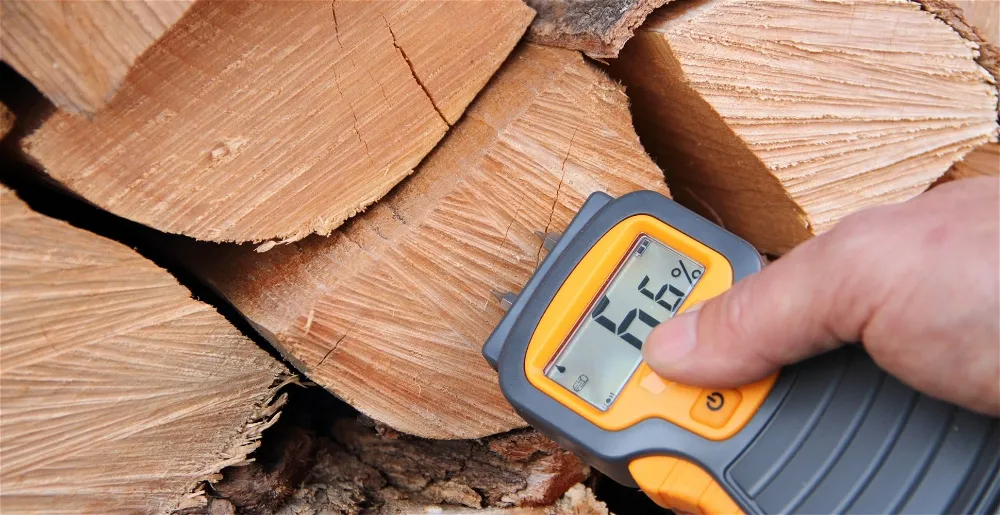How To Deal With Wood?
Dealing with Wood Shrinkage and Expansion
A challenge faced by all woodworkers is dealing with the predisposition of wood to shrink and expand in response to changes in humidity and temperature. This can eventually lead to cracks, gaps, and weak connections. This section contains tips for completing this challenge.

Q: Why is it important to use dry wood?
A: Wood shrinks and changes shape as it dries. Allow most of this shrinkage and shape change to occur before you start working. Freshly cut wood is also very heavy, with some species weighing more than twice as much as he when dry. Also, damp wood is more prone to rotting and rotting. However, there is a whole branch of woodworking called "green woodworking" that focuses on building furniture and other items from wet or undried wood. This furniture is often "rustic" in nature.

Q: Does wood expand and contract in all directions equally?
A: No. Species to species, shrinkage varies in ratio, but generally speaking, wood shrinks 8 to 10% tangentially, 4 to 5% radially, and almost nothing lengthwise. In other words, the surface of the board that is perpendicular to, or nearly perpendicular to, the grain decreases the most. This implies that depending on how they are cut from the tree, different types of wood will shrink in different ways.

Q: How much can wood stretch?
A: Some kiln-dried lumber may vary from 1/8 to 1/4 inch in width for each foot. It may not seem like much, but add up, and a 4-foot-wide table can vary in width by as much as an inch from dry to wet.

Q: I heard that wood dries slowly. What do you mean?
A: Think of a tree as a stack of paper straws filled with water. When the water is drained from the straw, the bundle remains the same size. This is the first stage of drying. As you dehydrate the straws themselves, the bundles themselves will begin to shrink. This is the second stage. In the first stage, the moisture bound by the cell walls dries, leaving the wood with a moisture content of about 30%. In Stage 2, water leaves the cell walls themselves.

Q: How long does it take for wood to dry completely and stop shrinking and swelling?
A: Wood never stands still. We are always trying to reach the equilibrium moisture content (EMC), the point at which moisture no longer enters or leaves the wood. As the relative humidity changes, his EMC of the circuit board changes. So unless you store wood in a controlled environment where temperature and humidity never fluctuate (even museums struggle with this), the EMC is constantly changing and the wood shrinks and expands accordingly.

Q: How can I tell if the wood is dry enough for construction?
A: Best to check with a Moisture Analyzer. There are two types. Needle gauges have pins that are stuck into wood to measure electrical resistance, expressed as a percentage of moisture. A pinless meter uses radio frequency to measure moisture content. Pinless gauges are generally more expensive, but they do not leave pinholes in wood and can often provide more accurate readings in dense forests where pin-style gauges are difficult to penetrate. Prices range from $50 to over $200.


Comments are closed